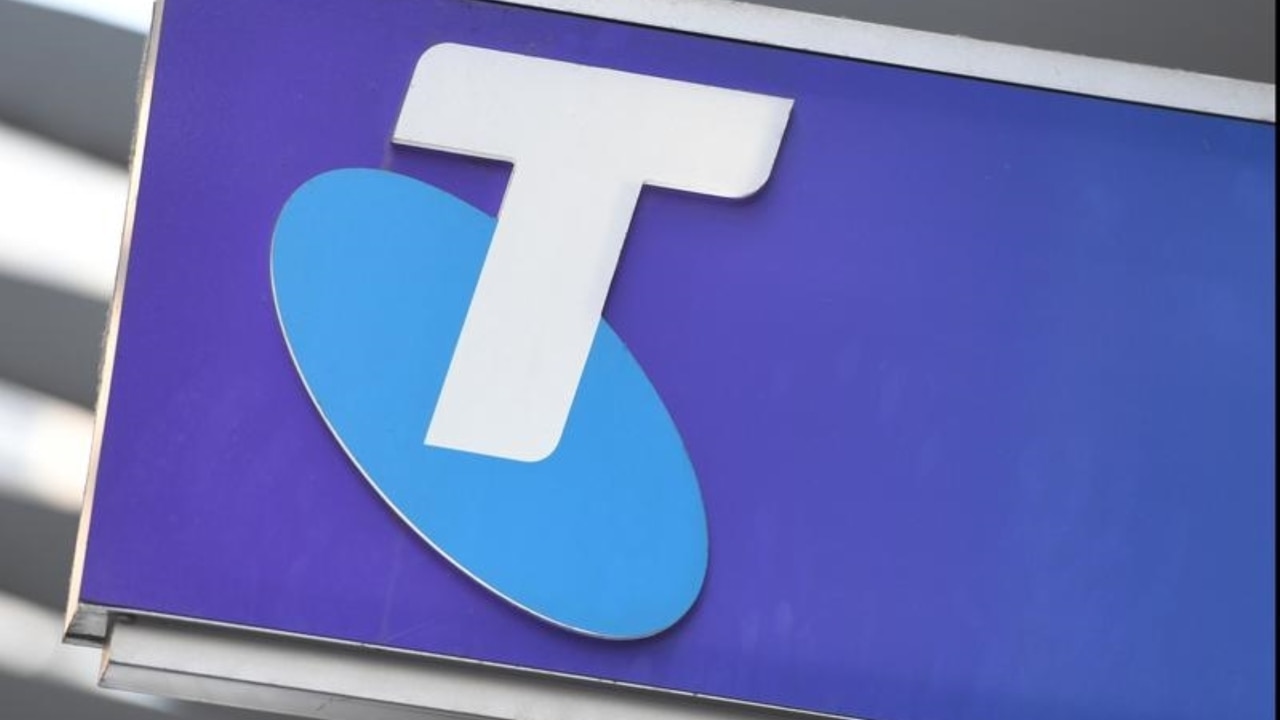NBN weaknesses left unfixed risks creating a ‘white elephant’ network

Rue delivered a 10 per cent lift in revenue to $5.1bn in line with guidance. But he knows NBN’s business model is in the hands of the new Labor government.
Frustration with NBN pricing and internet speeds is shared by households, businesses and the telcos that directly face those customers (unlike NBN).
Some 8.5 million homes are connected to the NBN, 76 per cent on 50Mbps or higher and 18 per cent on 100Mbps or higher. The trouble is that lived experience is of much lower speeds than it says on the box.
Even in NBN’s results media release, speeds of 50Mbps are caveated – in small print – as 25 to 50Mbps and those of 100Mbps to being 25 to 100Mbps.
Every year customers demand higher speeds. Comparison site WhistleOut found that in the last two years interest in 100Mbps NBN plans more than doubled, but interest in 12Mbps plans fell from 11.5 to under 2 per cent.
Telco analyst Paul Budde says if weaker parts of the NBN are not fixed it risks being a white elephant. That means investment.

The NBN must make a return and its wholesale prices already make retailers squeal. Yet Rue stresses the NBN was set up to bring social equality to Australia through digital access.
Later this week the NBN will release a discussion paper on what its wholesale pricing and products should look like. It withdrew an earlier proposal when the government announced changes in policy including that the NBN would remain in public hands.
Rue and his team have got NBN’s books looking better.
Subscription payments to Telstra and Optus have fallen from $1.2bn to $175m. The commonwealth loan has reduced by $6.8bn with $6.4bn left to pay and billions of dollars in debt refinanced at lower rates.
Rue says he is growing fibre deeper into communities but continuous investment is required and inflation is adding to costs.
All these factors are on the table for the Special Access Undertaking which the government wants implemented by July.
Rue says the NBN needs to price in a way to make higher speed plans more accessible to ordinary Australians.
How much the government has softened on NBN’s profit is unclear. It has its own budget pressures. Anyone for more off-balance sheet financing?
Megaport has last laugh over shorters
Tuesday was also results day for Megaport, the $1.4bn network-as-a-service business.
Megaport’s growth is a sign of how the network is becoming more and more important for businesses in building their IT architecture.
“The internet is cheap and cheerful,” says Megaport CEO Vincent English. “People can use that to connect to a cloud provider but it doesn’t work if you are large customer with mission critical workloads, data security and you need to make sure your cloud is up and running 24/7.”
Started in 2013 by serial tech founder Bevan Slattery, Megaport is riding the mass adoption of cloud. It offers connection across 25 countries and superior cloud interoperability.

There was hint of defiance in English’s results presentation. Megaport was one of the hardest hit growth stocks in the tech rout, at one stage down over 70 per cent and jeered by short sellers.
Megaport shares were up 10 per cent on Tuesday, pleasing given its fourth quarter results, the first to be cash flow positive were already priced in.
“Not too many companies out there are doing 40 per cent revenue growth year on year,” says English, pointing to the path to profits by the end of the 2023 financial year.”
In the US, Megaport has 20 per cent of Fortune 100 companies as customers including the giant cloud service providers.
English says growth in customer monthly recurring revenue outstrips any churn.
And each group of customers in every one of the past nine years has increased revenue. “It talks to the number of services and the validation of the network and how intrinsic it is on customer solutions,” he says.







Tellingly, NBN chief executive Stephen Rue was rattling the tin.